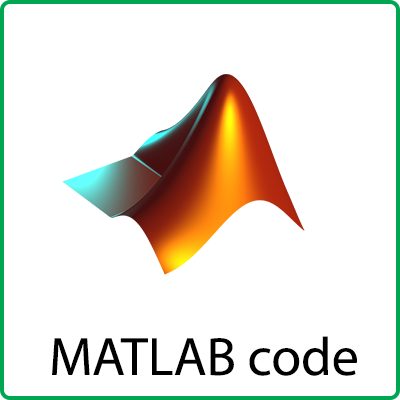Description
As a recently proposed technique, sparse representation based classification (SRC) has been widely used for face recognition (FR). SRC first codes a testing sample as a sparse linear combination of all the training samples, and then classifies the testing sample by evaluating which class leads to the minimum representation error.
While the importance of sparsity is much emphasized in SRC and many related works, the use of collaborative representation (CR) in SRC is ignored by most literature. However, is it really the l1-norm sparsity that improves the FR accuracy? This paper devotes to analyze the working mechanism of SRC, and indicates that it is the CR but not the l1-norm sparsity that makes SRC powerful for face classification.
Consequently, we propose a very simple yet much more efficient face classification scheme, namely CR based classification with regularized least square (CRC_RLS). The extensive experiments clearly show that CRC_RLS has very competitive classification results, while it has significantly less complexity than SRC.
Combination the non-local means and sparse coding approaches to image restoration
Nonlocally centralized sparse representation for image interpolation



Reviews
There are no reviews yet.